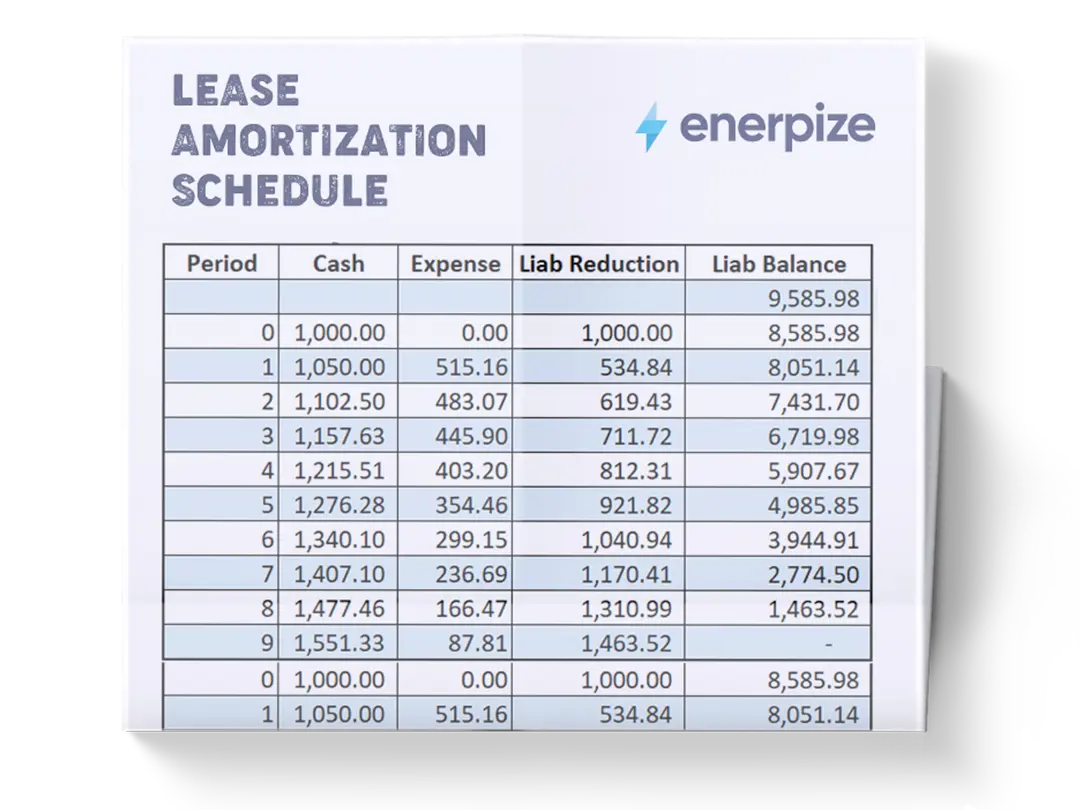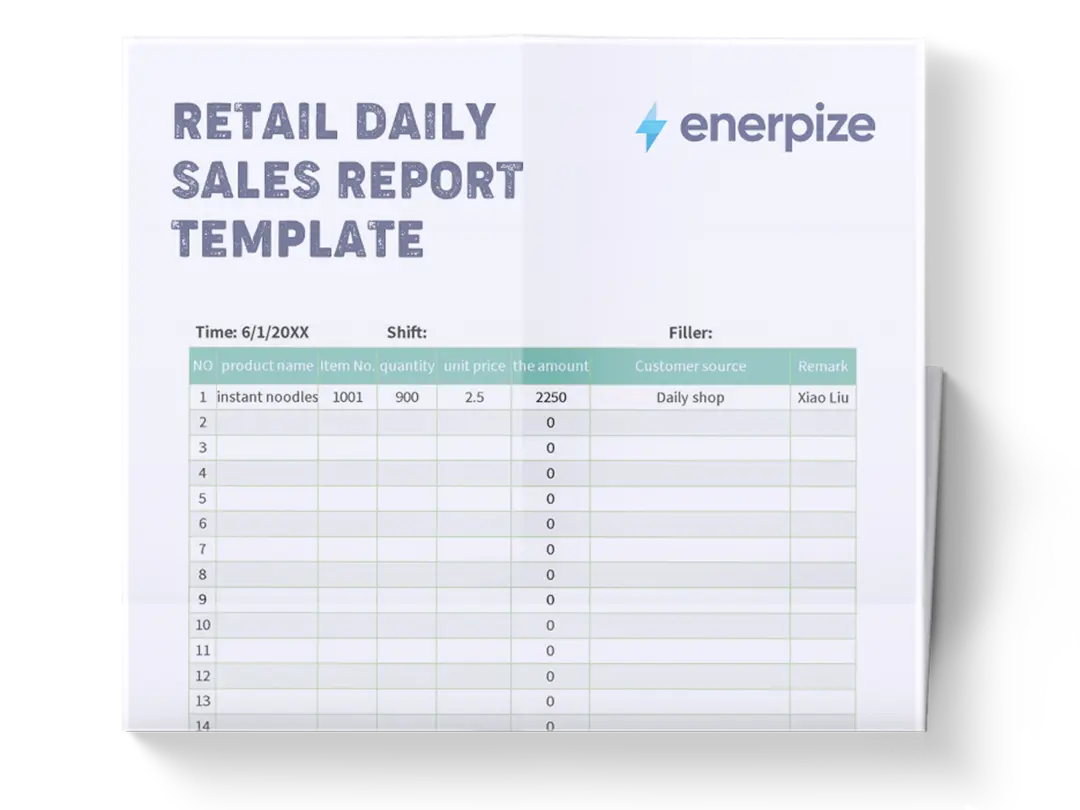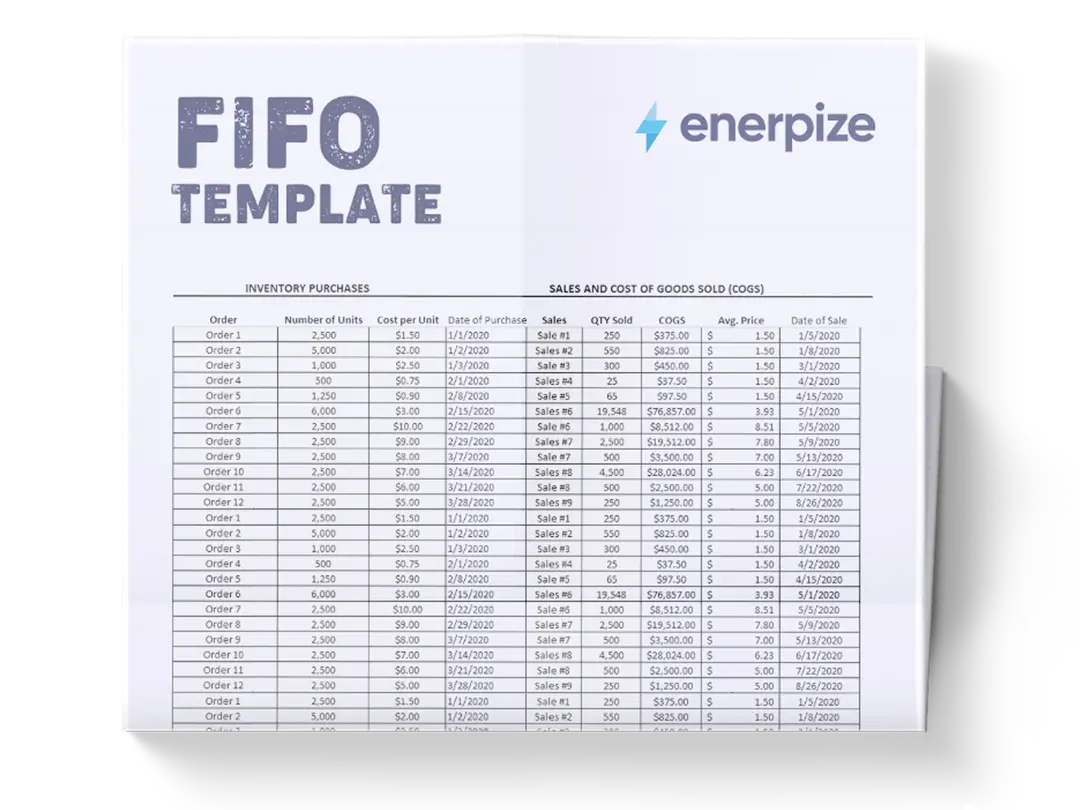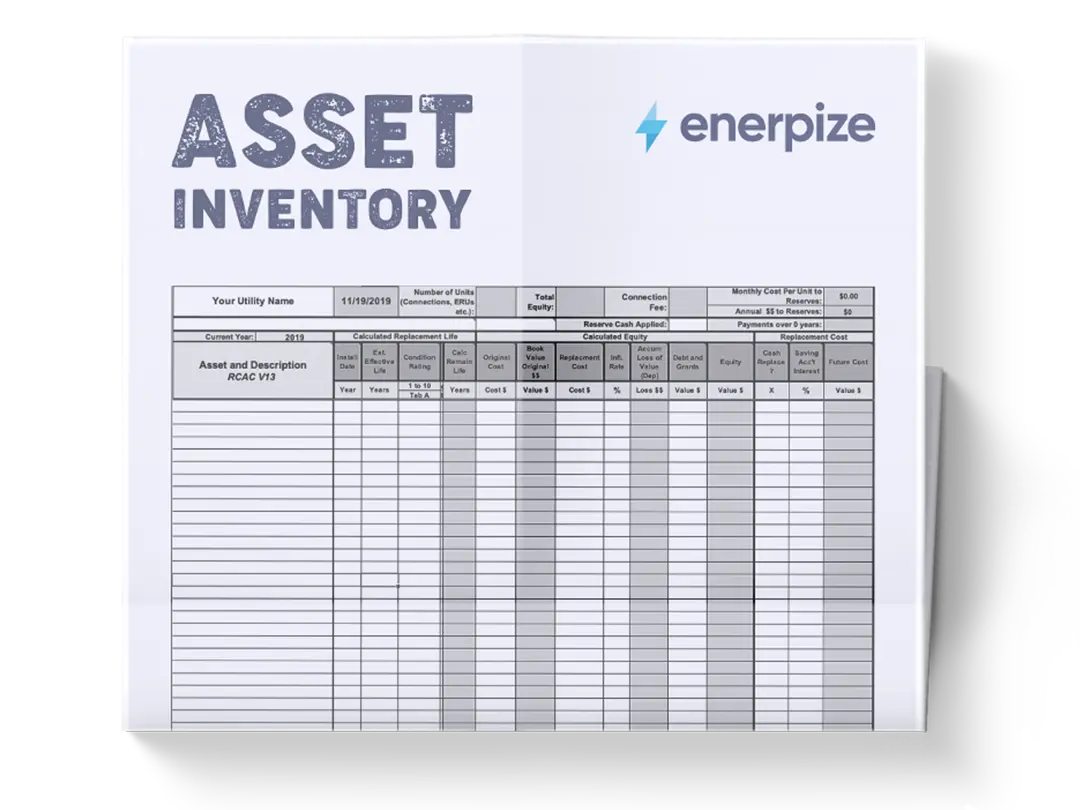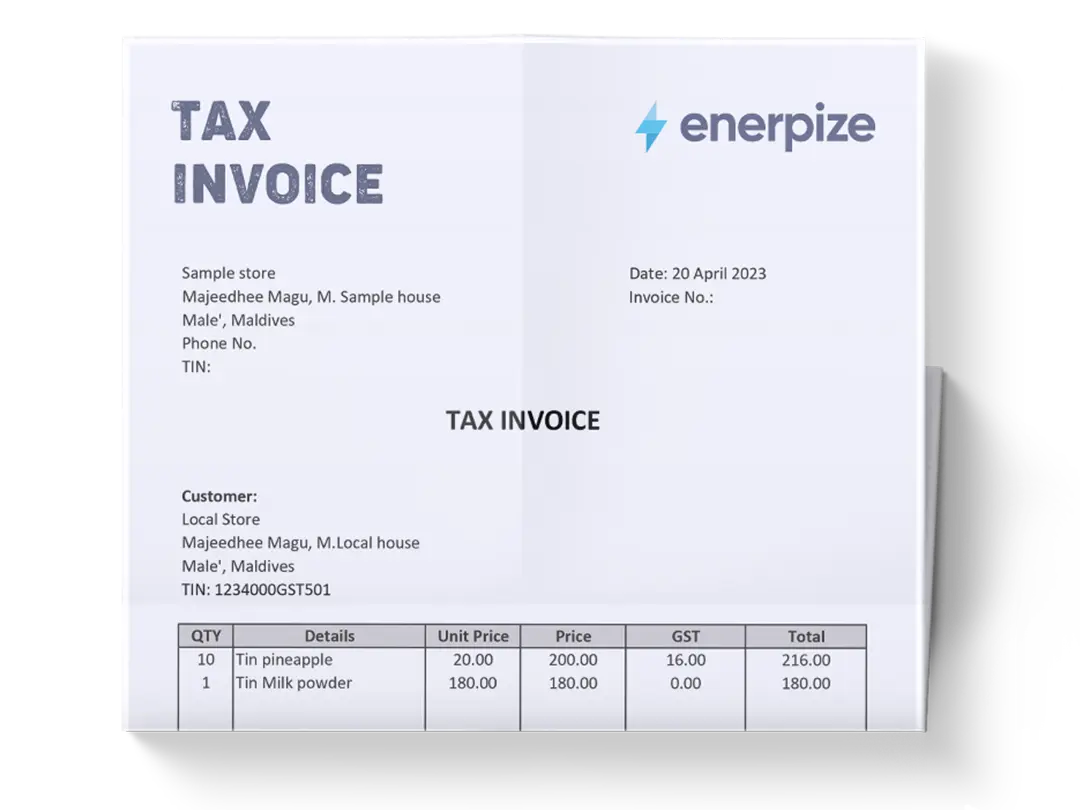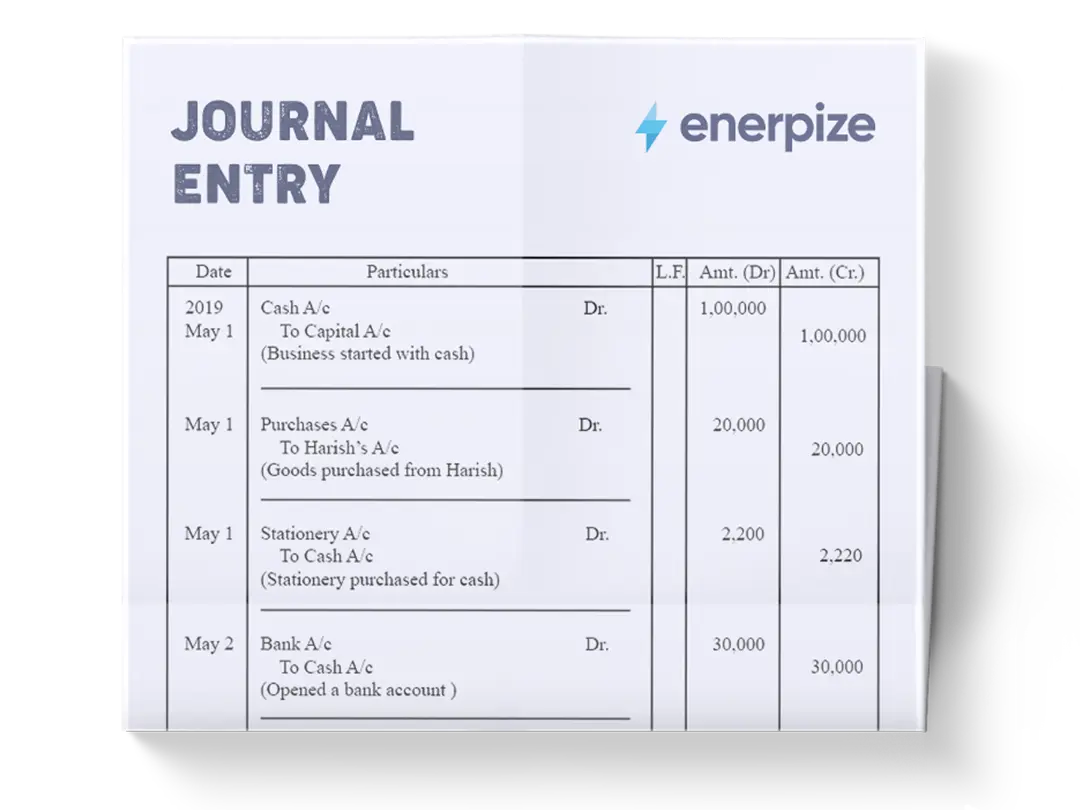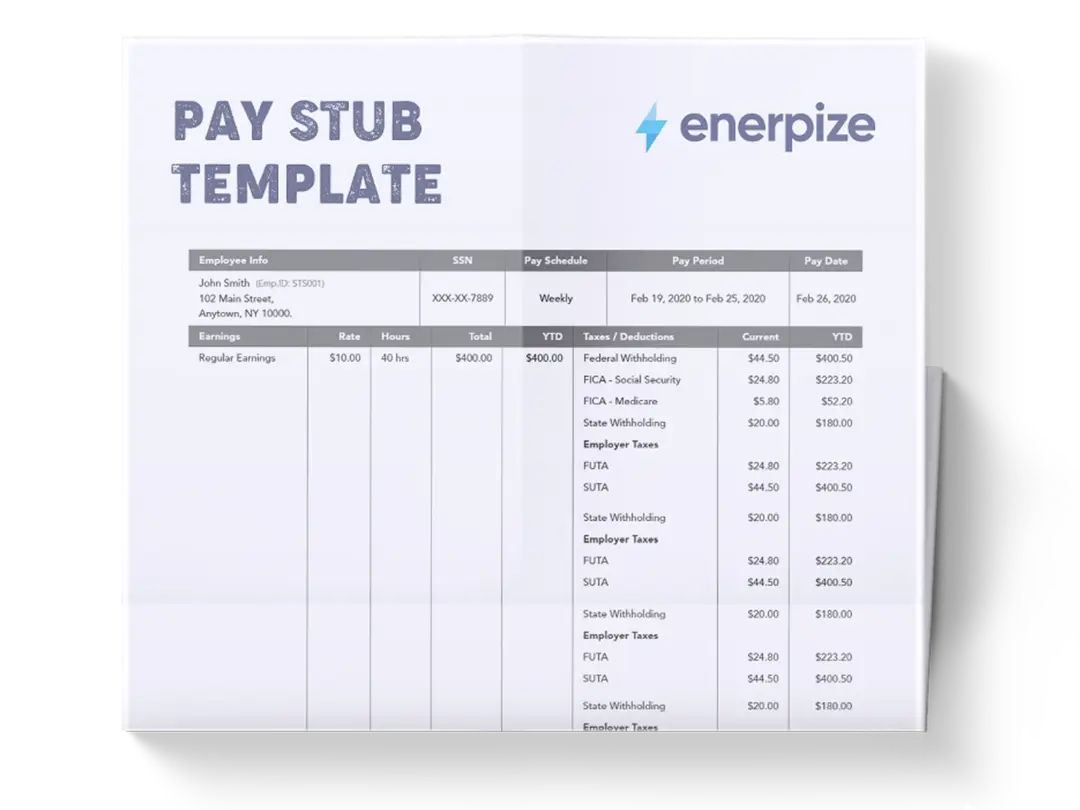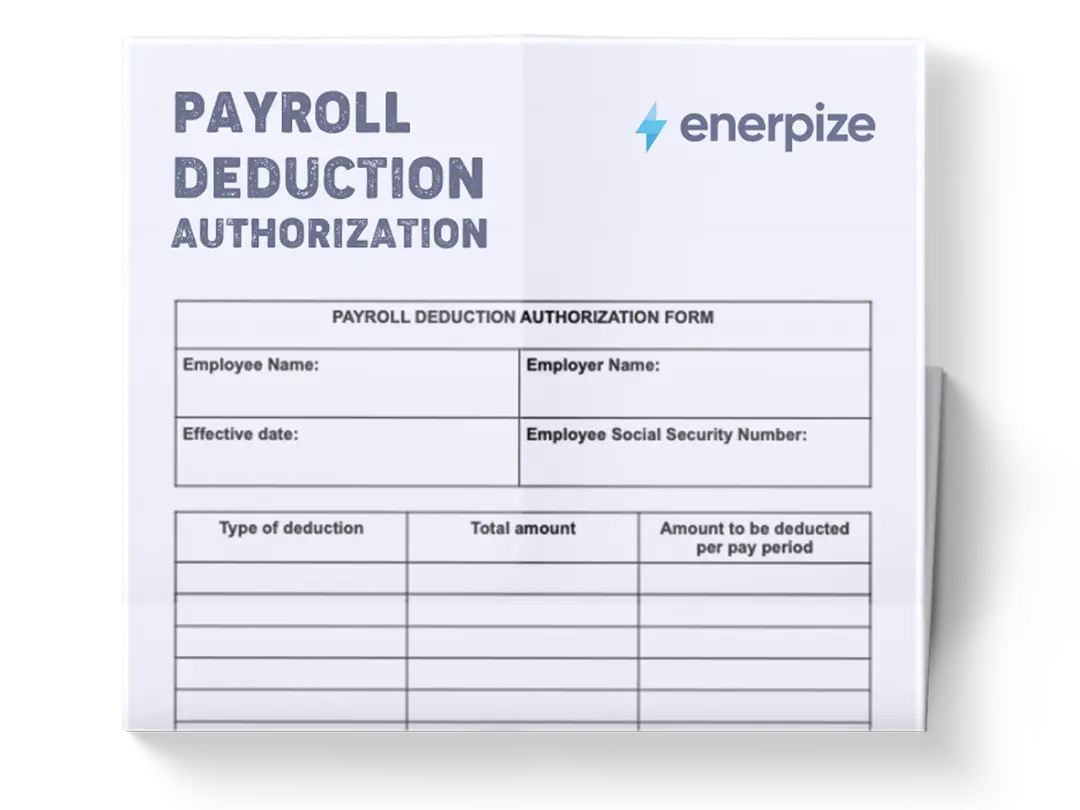Posted on 9 July 2025
Small Business Inventory Sheet Excel, Word & PDF
- The small business inventory sheet is available in Excel, Word, PDF, Google Sheets, and Google Docs.
- Track how many units you have on hand, when to reorder, and which items are discontinued, all in one place.
- Instantly calculate the value of every item in stock to better manage budgets, pricing, and purchasing.
- Avoid stockouts with real-time alerts that flag low inventory and suggest reorder quantities based on supplier lead times.
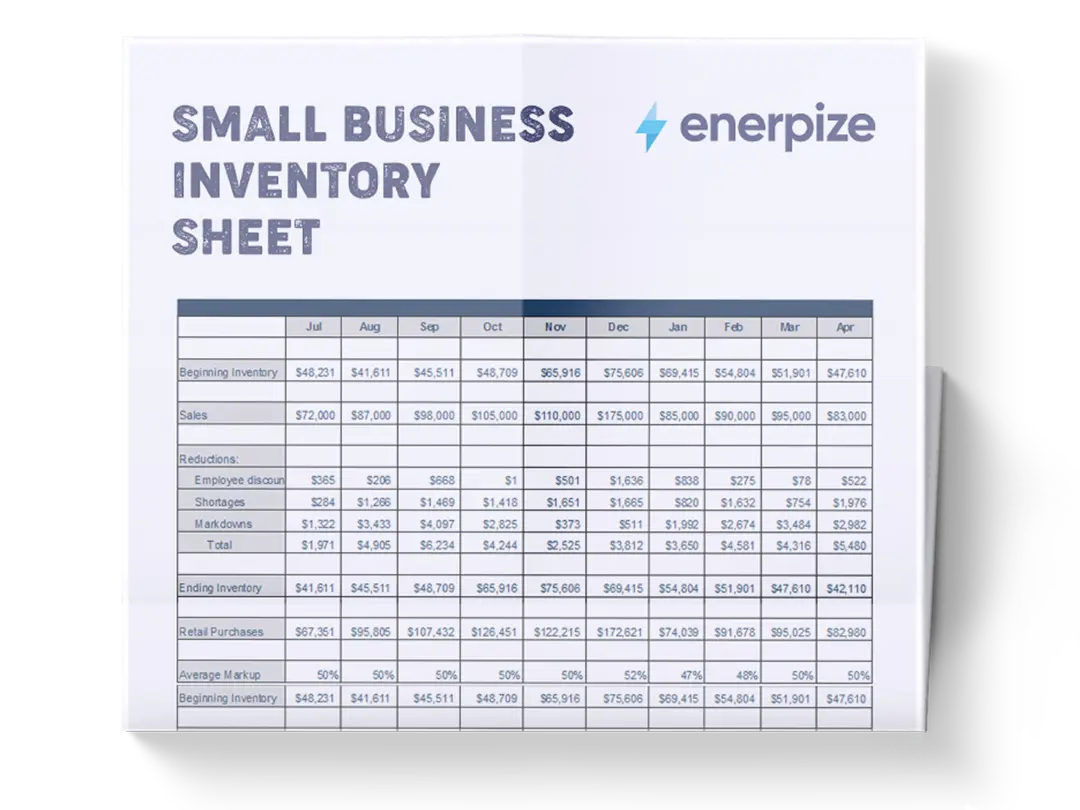
What is The Small Business Inventory Sheet?
The small business inventory sheet template is a practical tool that helps small businesses track, manage, and evaluate their inventory efficiently. When managing finished products, raw materials, or items in production, you can download this printable small business inventory sheet and use it as a centralized system to record what you have, what you’ve sold, and what you need to reorder.
While some businesses still rely on manual tracking methods like pen and paper, these methods are outdated and prone to costly errors, especially for businesses handling over a few dozen SKUs. The inventory sheet supports both perpetual and physical inventory strategies. Perpetual tracking, considered the gold standard, updates data in real time with every inventory movement. In contrast, physical inventory requires manual updates at set intervals, increasing the risk of discrepancies.
What Does a Small Business Inventory Sheet Contain?
Item Number & Name:
Each product is identified with a unique item number and name. This ensures traceability and avoids confusion when referencing items across sales, orders, or supplier communications.
Manufacturer:
Noting that the manufacturer helps you manage supplier relationships and streamline reordering, especially when working with multiple vendors or dealing with product warranties.
Item Description:
This field provides context about the product—whether it's its dimensions, features, or packaging—that helps differentiate similar items or clarify product specifics for team members.
Cost Per Item:
Displays the purchase cost of a single unit. This value feeds into the inventory value calculation and helps evaluate profit margins, set pricing strategies, and identify cost-saving opportunities with suppliers.
Stock Quantity:
Indicates how many units are currently in stock. Together with the cost per item, it shows you how much inventory is currently on hand.
Inventory Value:
Automatically calculated as Cost Per Item × Stock Quantity. This helps assess how much capital is tied up in your inventory at any moment. It’s a key metric for budget reviews and tax season prep.
Reorder Level:
Represents the minimum stock threshold before you need to reorder. Once stock quantity falls below this number, the small business inventory template flags the item with a “REORDER” status.
Days Per Reorder:
Specifies how long it takes, on average, to restock the item after placing an order. Helps align your procurement with demand and avoid delays in fulfillment.
Item Reorder Quantity:
Determines how many units to purchase once the reorder level is triggered. Keeping this consistent avoids over-ordering and maintains a lean inventory.
Item Discontinued:
A yes/no field to indicate whether a product is still active. Discontinued items can be excluded from future purchase decisions or flagged for clearance sales.
Status Column (“OK” or “REORDER”):
This real-time alert system checks if current stock levels have dropped below the reorder level. When that happens, the status changes to “REORDER,” giving you a clear, visual cue to act.
How to Use the Small Business Inventory Sheet
1- Start With Basic Inventory Setup
Gather a complete list of your products, along with the relevant details: item numbers, descriptions, supplier info, and cost per item. Input each product into its own row in the sheet.
2- Enter Initial Stock Quantities and Costs
In the “Cost Per Item” and “Stock Quantity” fields, input the most accurate numbers available. This will trigger automatic calculation of the “Inventory Value” column. Double-check unit costs for accuracy—they directly affect how inventory is valued on your books.
3- Set Reorder Parameters
Define a “Reorder Level” for each item based on sales velocity or operational needs. Then, assign a “Reorder Quantity” that reflects your ideal restocking volume. For frequently sold items, this number will likely be higher. Factor in supplier lead time when entering the “Days Per Reorder.”
4- Monitor Stock Status
As stock quantities change (due to sales, restocking, or shrinkage), update the “Stock Quantity” field. The small business inventory spreadsheet will automatically update “Inventory Value” and trigger a “REORDER” status if the quantity drops below the threshold. This makes it easy to keep tabs on what needs replenishing without manual checks.
5- Use for Procurement Planning
Refer to the “REORDER” status column regularly to create your purchasing list. Combine this with your “Days Per Reorder” to schedule purchase orders well in advance, preventing delays and maintaining stock continuity.
6- Track Discontinued Products
Use the “Item Discontinued” column to flag products you no longer plan to sell. This prevents accidental reordering and helps clean up your inventory over time. You can filter by this field during your quarterly inventory reviews.
Related Templates
Inventory Management Template Excel & Google Sheets
Parts Inventory Spreadsheet Template Excel & Google Sheets
Importance of Small Business Inventory Sheet
Boosts Operational Efficiency
With accurate inventory records, teams spend less time searching for stock, double-checking counts, or fixing errors.
Supports Smarter Planning and Forecasting
A well-maintained inventory sheet for a small business helps forecast demand, plan purchases, and allocate resources more effectively. With historical data at your fingertips, you can make informed decisions about when to restock, how much to order, and what to phase out.
Reduces Costs Through Waste Elimination
Poor inventory management drains revenue through overstocking, understocking, and spoilage. The inventory sheet minimizes these issues by enabling better control over order quantities, reducing holding costs, and ensuring that capital isn’t tied up in unsellable stock.
Drives Higher Customer Satisfaction
Stockouts and delays can frustrate customers and lead to lost sales. By keeping the right inventory available at the right time, you improve fulfillment speed, order accuracy, and your overall reputation, especially critical for small businesses competing with larger players.
Shortens Lead Times and Improves Delivery Accuracy
When inventory is well-organized and updated in real time, products can be picked, packed, and shipped faster. Barcoding systems and categorization tools further reduce the time spent locating items, ensuring faster turnaround from order to delivery.
Prevents Costly Fulfillment Errors
Mislabelled or misplaced inventory often results in incorrect shipments. The inventory sheet enforces structured tracking and verification protocols that significantly reduce packing errors, customer complaints, and refund requests.
Enables Data-Driven Decision-Making
With clear visibility into inventory turnover, top-selling items, and dead stock, business owners can optimize purchasing decisions, reallocate marketing efforts, and refine product offerings. The inventory sheet transforms raw data into strategic intelligence.
Improves Vendor Negotiations
Solid inventory records empower businesses to negotiate better terms with suppliers. When you know exactly what you need and how frequently, you're in a better position to request volume discounts, set delivery schedules, or lock in fixed pricing agreements.
Who Can Use the Small Business Inventory Sheet?
Retail Store Owners
Whether you're running a boutique or a general store, managing SKUs across various categories is non-negotiable. The sheet helps track product availability, monitor sales trends, and avoid both excess stock and missed opportunities.
E-Commerce Businesses
Online sellers—especially those without warehouse management systems—can rely on this sheet to sync orders, monitor real-time inventory levels, and reduce fulfillment errors. It’s an essential workaround for those not yet ready for full inventory automation.
Product-Based Startups
New ventures juggling product development and sales often overlook inventory control. This sheet gives startups a structured way to stay on top of raw materials, production progress, and finished goods without investing in expensive software early on.
Craftspeople and Artisans
Small-scale producers of handmade goods need to track both materials and finished items. The inventory sheet allows detailed tracking of input materials, work-in-progress, and sale-ready inventory for better cost control and planning.
Field Service or Maintenance Providers
Businesses managing tools, parts, or consumables—such as HVAC or IT service providers—can use the sheet to monitor stock levels of spare parts, ensuring technicians have what they need and avoiding costly delays in the field.
















